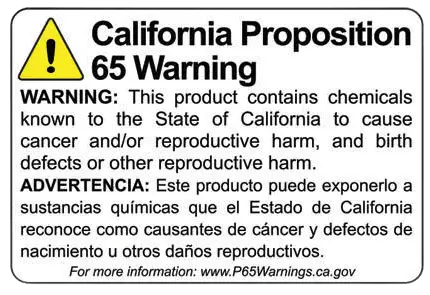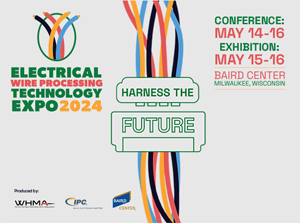 In modern manufacturing and electrical applications, the choice between heat shrink practices and traditional welding can significantly impact efficiency, safety, and long-term reliability. While welding has long been a staple in joining and sealing components, heat shrink technology is rapidly gaining ground as a superior alternative. Here’s why heat shrink practices are better than traditional welding—and why more professionals are making the switch.
In modern manufacturing and electrical applications, the choice between heat shrink practices and traditional welding can significantly impact efficiency, safety, and long-term reliability. While welding has long been a staple in joining and sealing components, heat shrink technology is rapidly gaining ground as a superior alternative. Here’s why heat shrink practices are better than traditional welding—and why more professionals are making the switch.
1. Improved Safety and Reduced Risk
Traditional welding involves high temperatures, open flames, and toxic fumes—all of which pose safety hazards to workers. Welding also requires extensive protective gear and a highly controlled environment to avoid accidents. Heat shrink tubing, in contrast, uses a heat gun or similar tool to apply localized heat, dramatically reducing the risk of burns, fires, or inhalation of harmful substances.
2. Cost-Effective Installation
Welding requires skilled labor, expensive equipment, and considerable setup time. Mistakes can lead to costly rework or equipment damage. Heat shrink solutions are far more cost-effective: they require minimal training, simple tools, and can be applied quickly with high accuracy. This results in faster turnaround times and lower labor costs.
3. Superior Insulation and Protection
Heat shrink tubing offers excellent insulation against moisture, dust, chemicals, and mechanical abrasion. Unlike welding, which can leave weak points or irregular seals, heat shrink forms a tight, uniform barrier around wires, connectors, or pipe joints. This makes it ideal for electrical applications and environments exposed to harsh conditions.
4. Flexibility and Versatility
Heat shrink tubing comes in a wide range of diameters, colors, and materials, making it suitable for countless applications—from aerospace wiring to automotive repair and electronics assembly. Welding, on the other hand, is often limited to metal materials and specific joint configurations. Heat shrink can easily adapt to irregular shapes and varying sizes without compromising performance.
5. Environmentally Friendly and Non-Destructive
Because heat shrink doesn’t require open flames or chemical fluxes, it’s a cleaner process with less environmental impact. It also avoids the material degradation that sometimes accompanies welding, such as metal warping or oxidation. Additionally, many heat-shrink solutions are made from recyclable or non-toxic materials.
Heat shrink practices provide a safer, more cost-effective, and versatile alternative to traditional welding. As industries strive for higher efficiency and sustainability, adopting heat shrink methods is a smart step forward. Whether you’re in automotive, aerospace, electronics, or general manufacturing, switching to heat shrink can streamline your processes and elevate your results.

